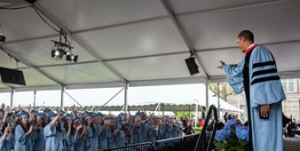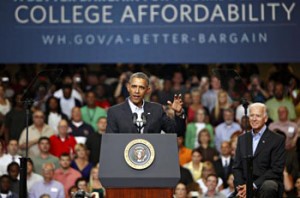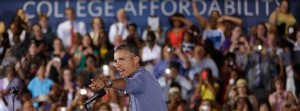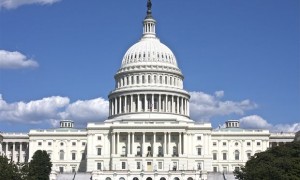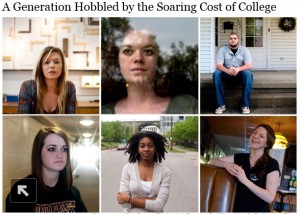
In one of my posts on President Obama’s college costs proposals, I described how the president is proposing to link eligibility for federal financial aid to the earnings of the graduates of colleges and universities. The general idea is that only those colleges that produce graduates who earn reasonable salaries should benefit from federal financial aid.
Last week I attended the dedication of the new Theatre School building at DePaul University (shown above), where I am a trustee. The building, designed by renowned architect Cesar Pelli, is a beautiful and functional space. The dedication was a wonderful event that included short performances by students in the acting programs at the Theatre School.
Continue reading “The unintended consequences of linking earnings and college performance”
